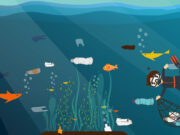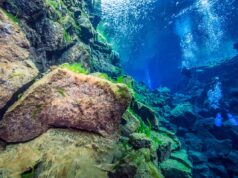Denmark is known for its rich history, stunning architecture, and vibrant culture. Surprisingly, it is also home to some of the most fascinating diving in Europe. Although Denmark officially resides in Scandinavia, where its waters are on the colder side, it has some exciting dive sites. With more than a thousand years of nautical history and nearly 4,500 miles (7242 km) of coastline, there is no shortage of places to dive.
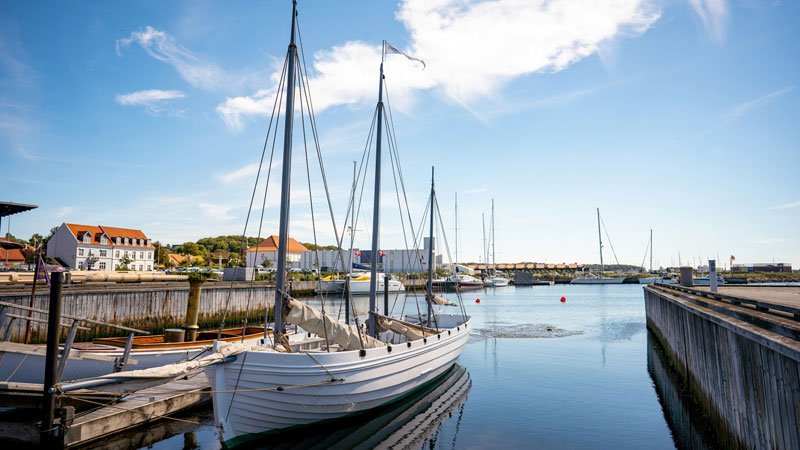
Denmark’s underwater landscape uniquely blends natural beauty, intriguing shipwrecks, and incredible biodiversity. There are more than 20,000 wrecks to explore. From ancient shipwrecks in the Baltic Sea to diving in the clear waters of its many lakes, Denmark presents an underwater wonderland that will captivate divers of all levels.
Denmark’s geographical location, bordered by the North Sea and the Baltic Sea, provides a diverse range of diving environments. The country’s extensive coastline, along with its numerous islands and fjords, creates a variety of underwater habitats rich in marine life and historical artifacts. Denmark’s relatively cold waters also contribute to the excellent preservation of shipwrecks, making it a paradise for wreck divers.
Let’s explore some of the best areas to go diving in Denmark
Diving Denmark’s Baltic Sea
One of the most compelling aspects of diving in Denmark is the abundance of well-preserved shipwrecks. There are many wreck dives in fairly shallow water around the capital city of Copenhagen. The country’s maritime history, marked by centuries of trade, exploration, and naval warfare, has left thousands of sunken vessels scattered across the Baltic’s seabed.
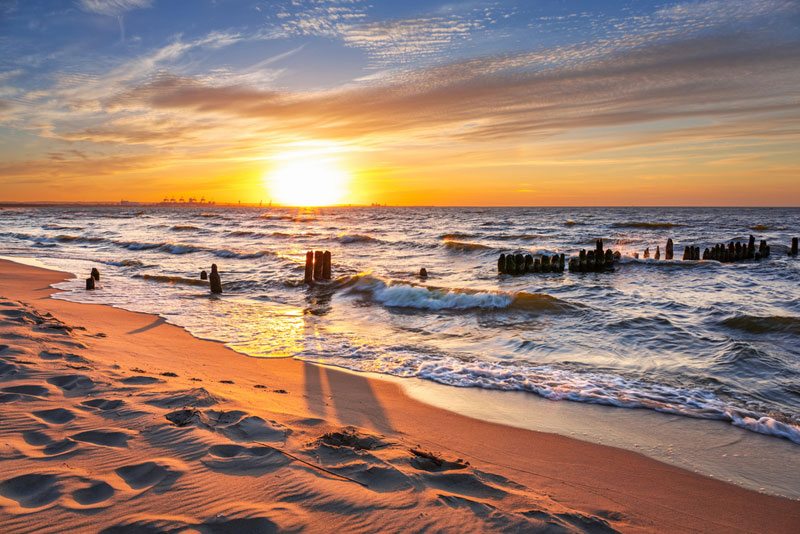
Since the Baltic Sea has extremely low salinity, these wrecks have been very well preserved over the years, making for some excellent dives. The Baltic Sea boasts fantastic wreck diving, and its low-salinity environment offers a unique aquatic habitat where you can see an exciting mix of marine life, including Baltic herring, sea trout, and various species of crabs and mollusks.
Diving in the Baltic Sea is possible year-round, but the best conditions are typically found from late spring to early autumn. During these months, water temperatures range from 4°C to 20°C (39°F to 68°F).
In some areas, you can get away with diving in a 7mm wetsuit, although some divers may still prefer using a dry suit. Denmark’s winters still offer great diving; however, more specialized equipment and preparation are needed due to the extreme cold and ice cover in some areas.
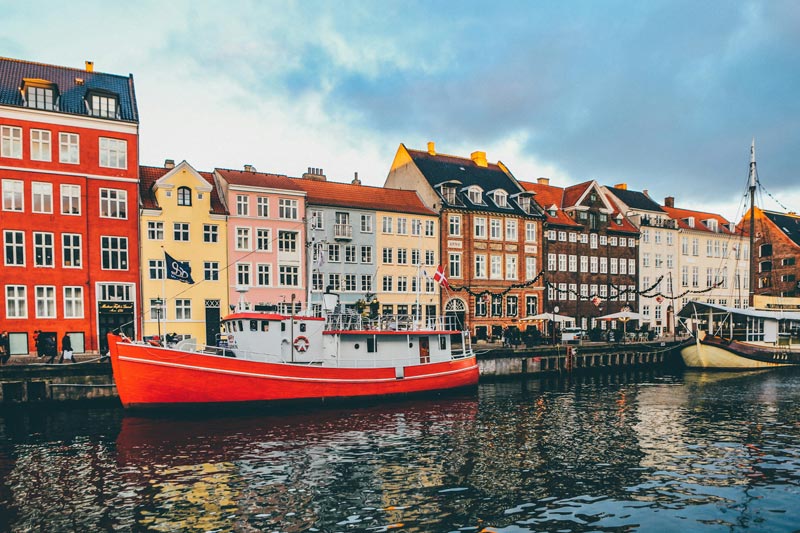
Must-Visit Sites Within the Baltic Sea:
1. The Zephyr Wreck
This Danish cargo ship sank in 1952 near the island of Bornholm. The wreck sits at 38 meters and is covered in marine growth, providing a habitat for a variety of fish species. The intact structure of the Zephyr makes it an exciting site for exploration, with opportunities to swim through the cargo holds and engine room.
2. Storebælt
West of Copenhagen, there is a significant passage known as The Little Belt or Storebælt. This area is home to some of the Baltic Sea’s unique marine life, including beautiful soft coral. This site is ideal for drift diving, where the current can carry you along as you observe the underwater scenery.
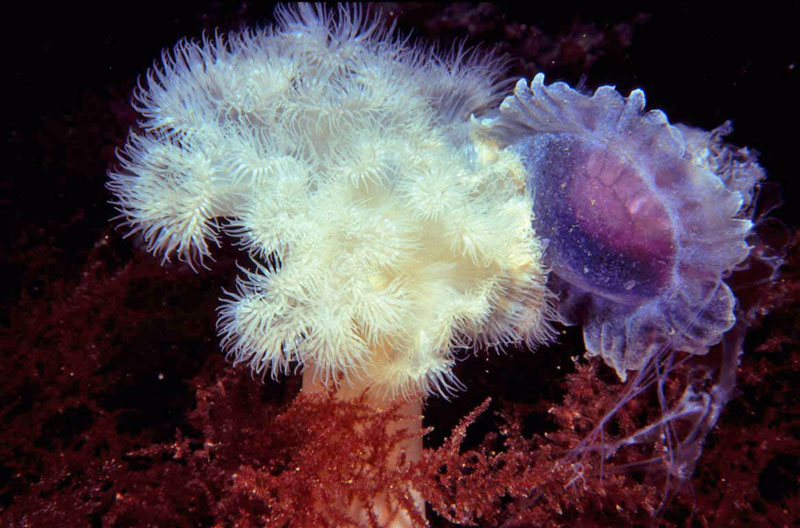
The strong currents bring nutrient-rich waters, supporting diverse marine species, including anemones, sponges, and fish. However, due to these strong currents during rising and falling tides, divers should be reasonably experienced and bring a torch, as visibility can sometimes be low.
3. S-103
This former German Torpedo boat was sunk by fighter bombers at the end of World War II, in 1945, outside of Svendborg Sund. The wreck now lies at around 34 meters (112 feet) deep and is an excellent wreck dive.
4. The Æbelø Wrecks
Off the coast of Æbelø, an uninhabited island in the Kattegat, divers can explore several wrecks that date back to the 19th and early 20th centuries. These wrecks, lying in relatively shallow waters, are accessible to beginner divers and offer a fascinating look at Denmark’s maritime trade history.
5. Møns Klint
Møns Klint is a stunning stretch of chalk cliffs on the island of Møn, offering clear water and fascinating underwater landscapes. The white chalk creates a unique underwater environment with excellent visibility and a bright, almost surreal ambiance. Divers can explore the underwater extensions of the cliffs, which are home to a variety of plant and animal life.
Diving Denmark’s North Sea
The waters of the North Sea may be frigid, but they are also highly nutrient-rich, which draws an abundance of marine life throughout the year. These nutrient-rich waters support an array of marine species, including cod, haddock and flatfish, as well as cold-water corals and sponges that create vibrant underwater landscapes.
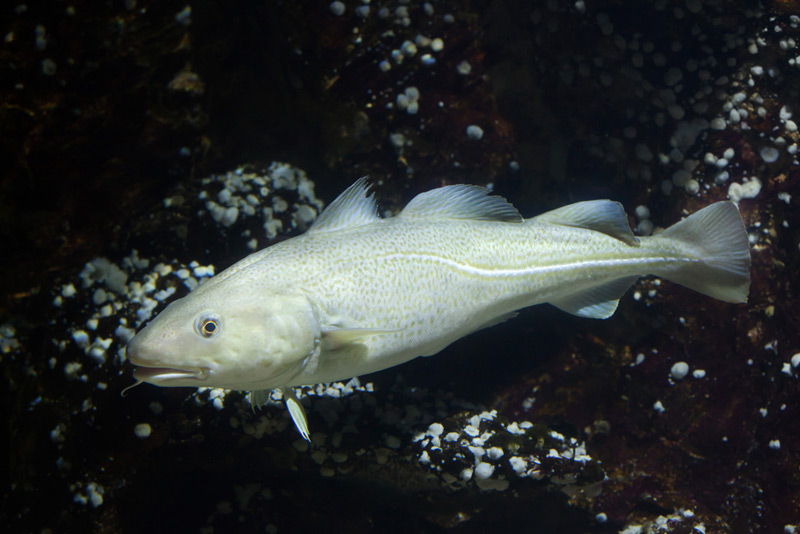
The North Sea’s often challenging conditions make it an ideal site for experienced divers seeking adventure. Water temperatures are cold, and dry suit diving experience is required. Currents can also be very strong and visibility low. Wreck enthusiasts will enjoy a treasure trove of sunken ships, ranging from historical vessels to modern-day wrecks. The combination of natural beauty and historical significance makes diving in the North Sea a uniquely rewarding experience for those with the experience needed to dive here.
Must-Visit Sites Within the North Sea:
6. The HMS St George
One of the most famous wrecks in Denmark is the HMS St. George, a British warship that sank off the coast of Thorsminde in 1811. The wreck lies at a depth of around 15 meters (50 feet) and is accessible to divers with various levels of experience. The site is a protected underwater monument, and divers can explore the remnants of the ship’s structure, including cannons, anchors, and other artifacts that offer a glimpse into Denmark’s naval history.
7. HMS Defence
This British ship sunk in the North Sea near the Westjutland Coast on December 24, 1811. Although the wreck sits in only 5-8 meters (16-26 ft.) of water, visibility at the site is often poor and can make the dive more challenging.
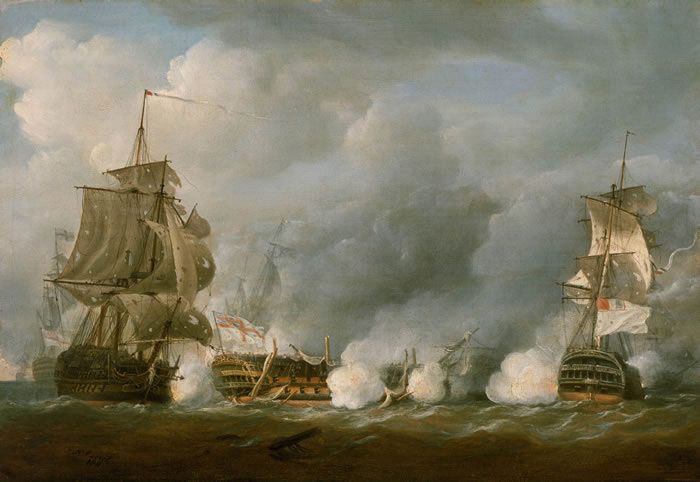
8. The Alexander Nevsky
This large screw frigate was part of the Russian Imperial Navy and sunk in the North Sea off Thyborøn in 1868. The warship can be found in just 20 meters (60 ft.) of water and is a great historical wreck.
North East Atlantic
9. Faroe Islands
The remote yet spectacularly beautiful Faroe Islands are home to fantastic diving. Although the water is cold throughout the year (4-10 degrees Celsius), these 18 islands, halfway between Scotland and Iceland, offer crystal-clear water with magnificent kelp forests, botanic seaweed gardens, massive drop-offs and fascinating grottos to explore. Visibility is best during winter, so bring your dry suit and underwater camera for a fantastic experience.
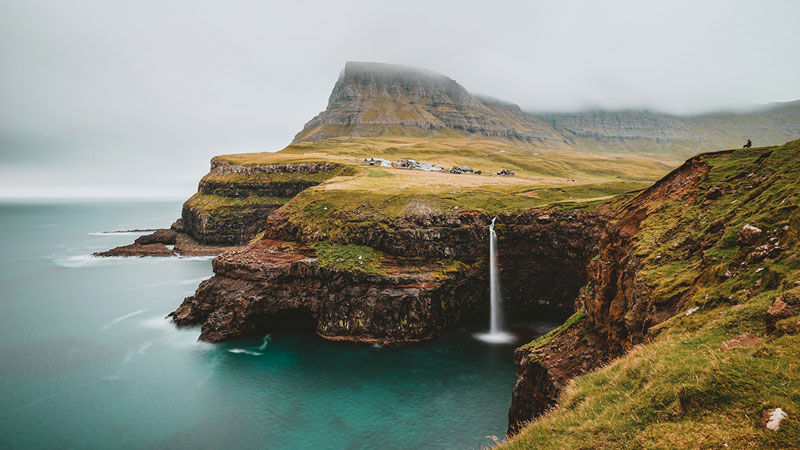
Freshwater Diving in Denmark
Beyond wreck diving and exploring the marine environments of the Baltic and North Seas, Denmark offers a variety of unique freshwater dive sites to explore. Freshwater diving in Denmark provides a tranquil and fascinating alternative to the more challenging conditions of sea diving.
The country’s lakes, rivers, and many serene fjords provide clear water with excellent visibility, making them ideal for exploring submerged forests, rocky outcrops, and historical artifacts. Freshwater environments in Denmark support a variety of fish species, including pike, perch, and zander, creating vibrant ecosystems for divers of all levels. The calm often sheltered conditions of freshwater dive sites are perfect for beginners and those looking to refine their skills in a relaxed setting.
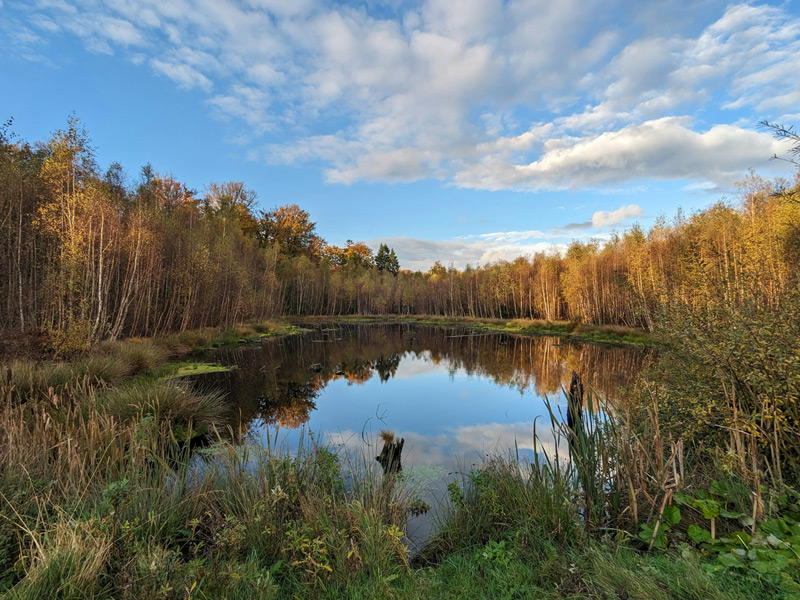
Must-Visit Sites Freshwater Dive Sites
10. Lake Furesø
Lake Furesø is the deepest lake in Denmark and offers a unique underwater experience. The lake’s clear water provides good visibility, and divers can explore submerged forests, rocky outcrops, and a variety of freshwater fish species.
11. Lake Slåensø
Also known as ‘The Lake Highland,’ Slåensø is a beautiful lake in the Søhøjlandet region and the cleanest lake in the country. You will enjoy diving through a variety of freshwater plants and seeing lots of pike, perch, minnows, and other freshwater fish species. This lake is popular for scuba and freediving and is great for all levels of divers.
Diving in Denmark
Diving in Denmark offers a unique experience that combines historical exploration with interesting marine life and diverse underwater landscapes. Whether you’re looking for ancient shipwrecks, nutrient-rich currents, or a serene freshwater lake, Denmark’s underwater world offers it all.
Denmark has a well-developed diving infrastructure and a strong emphasis on conservation, making it an excellent destination to consider for your next dive adventure.
This article was written by Kathryn Curzon, a shark conservationist and dive travel writer for SSI.






